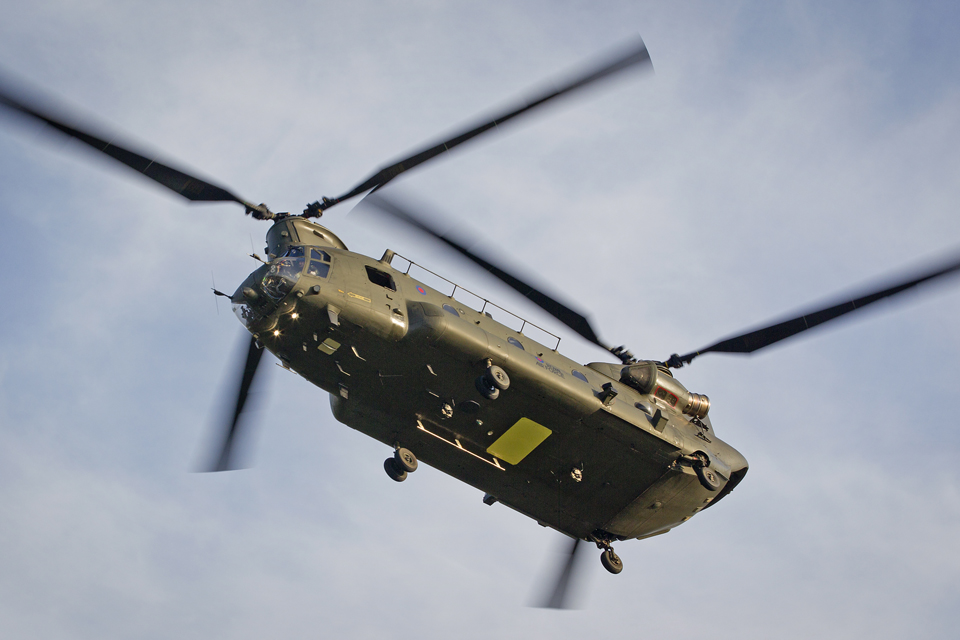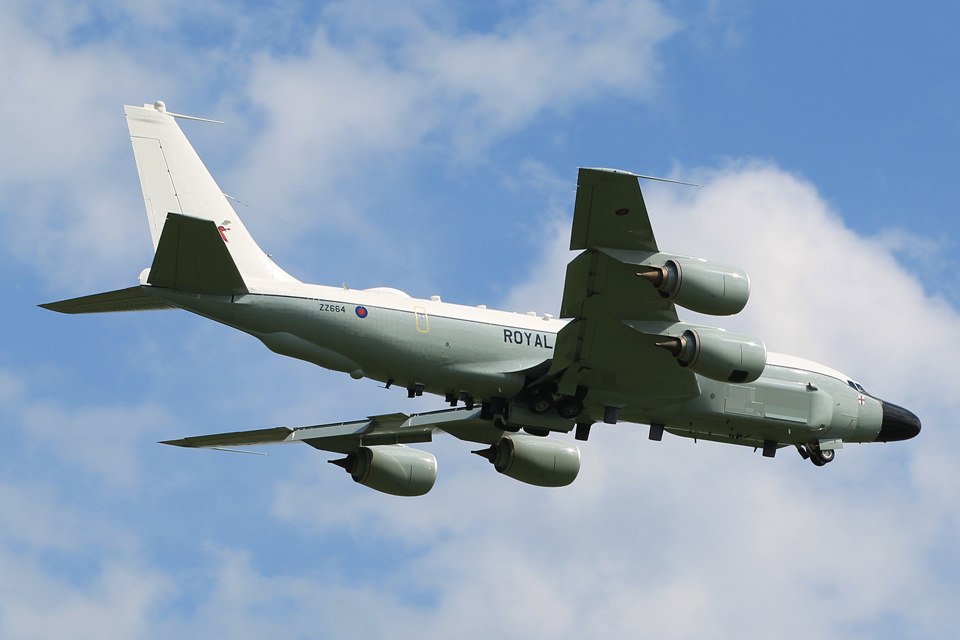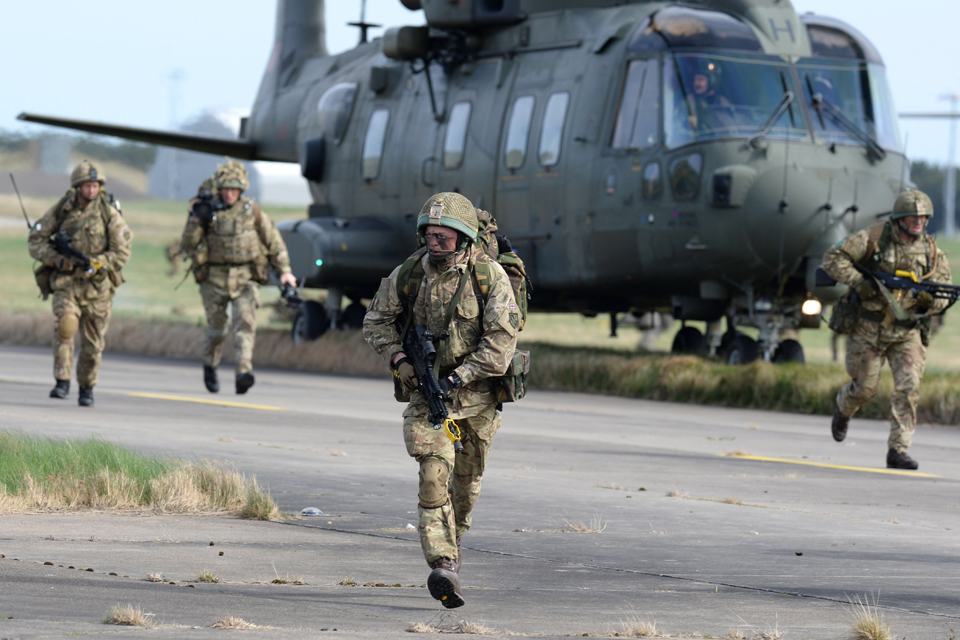Apr 3, 2014 Cobham Air Tanker
RAF Voyager has today (31/3/14) carried out its’ first flight with RAF crews as a three-point tanker, completing an air-to-air refuelling sortie over the Cornish Coast.
The flight follows the Release to Service awarded to Voyager from the Ministry of Defence on 29/3/14, which cleared Voyager to refuel the C-130 Hercules, the first approval on the Fuselage Refuelling Unit (FRU).
This latest achievement for the Voyager programme follows the wing-pod approvals already given by the MOD to begin air-to-air refuelling (AAR) operations with Tornado and Typhoon in summer last year.
Phill Blundell, CEO, AirTanker, which was appointed in 2008 to deliver the Future Strategic Tanker Transport Aircraft (FSTA) programme, said clearance on the FRU represented another significant step forward.
He said: “Clearance with the C-130 on the centerline hose is another important achievement, nudging us just that little bit closer to full operational capability. “We will continue to work alongside the RAF in supporting refinement of these systems as we move towards our air-to-air refuelling in service date in the summer.”
AirTanker, the consortium behind Voyager, is made up of leading aerospace, defence and facilities management specialists, Cobham, EADS, Rolls-Royce, Thales and Babcock. They also form its primary supply chain.
Since receiving the go-ahead to refuel the Tornado GR4 and Typhoon, Voyager has completed more than 215 air-to-air refuelling sorties, giving away in excess of 3,300 tonnes of fuel.
A fully certified and militarily-converted Airbus A330-200, multi role tanker transport MRTT, Voyager has a total fuel capacity of 111 tonnes. This is delivered using standard A330-200 fuel tanks without adaptation of its cargo hold to accommodate additional capacity.
In addition to its air-to-air refuelling role Voyager also has capacity to carry up to 291 passengers with a cargo capability of up to 8 NATO pallets or up to 43 tonnes. The aircraft can also be configured to accommodate a 40 stretcher aeromedical evacuation capability including critical care.
In all seven aircraft have now been delivered to the programme. The latest arrival, ZZ337, which was delivered at the end of January, brings the total number of aircraft flying on the MAR to six, (2x two-point tankers and 4x three-point capable tankers).
Since the start of air transport operations in April 2012, these military aircraft have together clocked more than 7,200 hours, flying more than 1,940 sectors, carrying more than 125,300 passengers and 8,100 tonnes plus of freight. This includes the start of flights in and out of Camp Bastion in support of the Afghanistan air-bridge in December last year.
Voyager 02, which flies on the Civilian Aircraft Register, has flown more than 2,700 hours and 490 sectors, carrying over 55,600 passengers and more than 3,400 tonnes of freight, since the start of AirTanker’s civilian airline operation at the beginning of 2013 Blundell added: “As with any programme of this scale, we have faced challenges but in partnership with the RAF, they have been overcome. They have not impacted on the programme. Our effort and the pace of progress has been relentless and we remain on budget and on time.
“Most importantly we have remained flexible, adapting to the changing needs of the programme and the RAF and the MOD as customer. We will continue to work alongside them to ensure that needs of the RAF and UK Armed Forces continue to be met.”






































